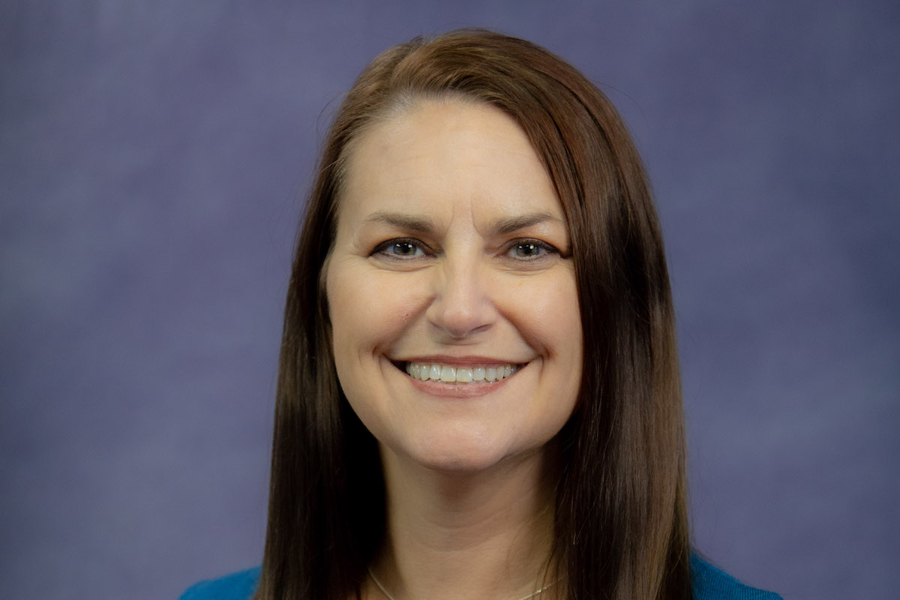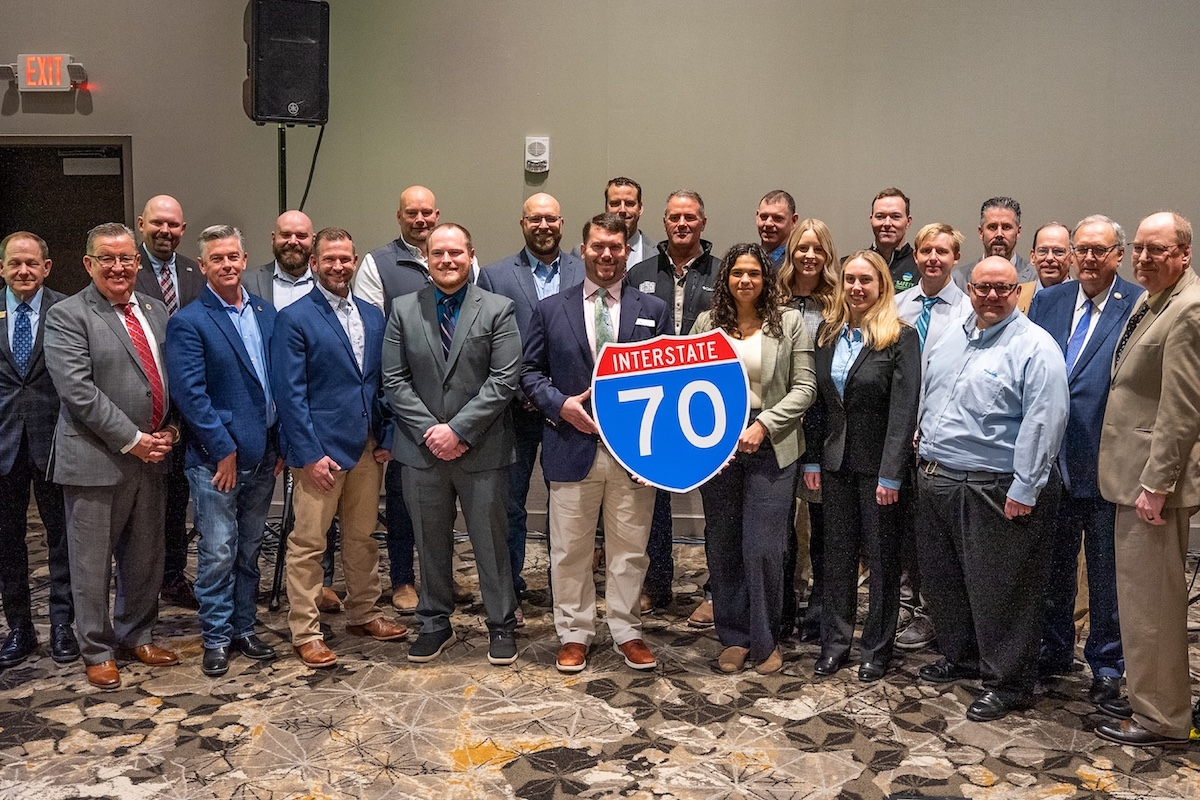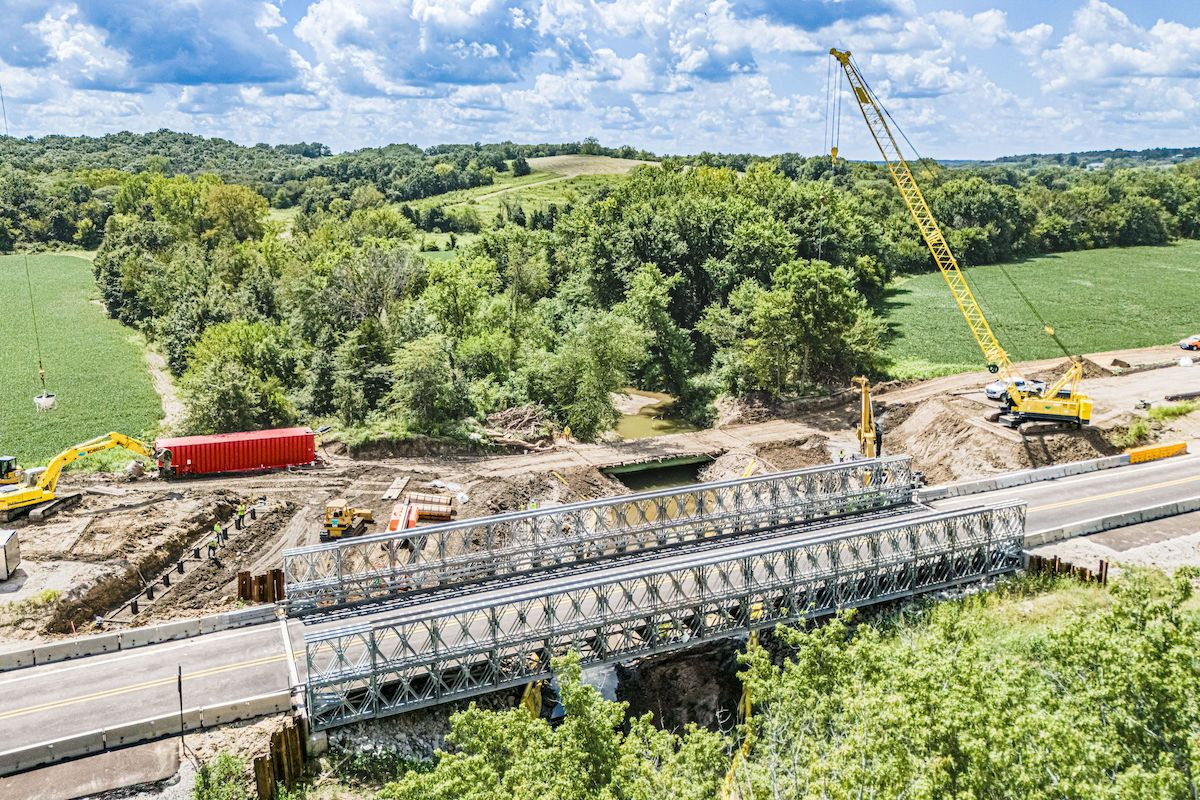“This is a unique project, and there aren’t any others like this,” said Joel Paulsen, Executive Director of the Metro Flood Diversion Authority (MFDA), a joint powers political subdivision of the state of North Dakota and nonfederal sponsor of the project. “That partnership at the federal, local, and state level makes our project different.”
Formed in 2009, MFDA members consist of Clay County, Minnesota; Cass County, North Dakota; Fargo, North Dakota; Moorhead, Minnesota; and the Cass County Joint Water Resource District. It has teamed up with the U.S. Army Corps of Engineers (USACE) as equal partners, with a collaborative mindset.
A flood in 1997 devastated the area, with $3.5 billion in damages. When adjusted for inflation it would be about $6.4 billion in today’s dollars. That prompted the communities to demand that more be done to protect them. Paulson considered it a “tipping point” with homes lost. At the time, it was the largest evacuation ever in the United States. Hurricane Katrina in 2005 upended that record.
“That’s when folks who lived in the valley really understood their flood risk,” Paulson said.

| Your local Gomaco dealer |
|---|
| Fabick CAT/MO |
| Road Machinery and Supplies Company |
The area needed a long-term solution. USACE began exploring the options. Then in 2009, 2010, and 2011, significant floods impacted the area again. The cities started building levees, but those could only do so much. When the river is high enough, the water can go around the levees.
“The 2009 flood identified some very vulnerable areas within the city that needed protection, and we identified projects that would provide some degree of protection,” said Bob Zimmerman, Engineering Director for the City of Moorhead. “At that stage, the diversion project was not well defined. So, we looked at doing what we could while looking for a bigger solution.”
Moorhead and Fargo acquired property and built levees on that land. Moorhead constructed 19 miles of levees, as high as 15 feet tall, and 24 stormwater pump stations. Fargo built 28 miles of levees and floodwalls and added 80 stormwater pump stations. The levees are three feet higher than the 40.8-foot river flood event in 2009. The cities collaborated to ensure both were building comparable projects. Both also are sponsors for the USACE project.
When complete, this project will keep river levels at 37 feet and will protect nearly 260,000 residents and 70 square miles of property worth an estimated $18 billion.
“It is gratifying to see a long-term solution in sight,” Zimmerman said.
“We have the second highest incidence of inland flooding, behind the state of Louisiana,” Paulson said.
MFDA began researching its options and soon learned while the Fargo-Moorhead project was eligible for federal funding, it was not competitive nationally when compared to other flood control projects. That meant to obtain enough funding would have taken 20 to 30 years.
“That was not something we could accept,” Paulson said. “We needed to implement this project as fast as possible.”
That led to a proposal to the federal government in which MFDA would manage a portion of the project (a diversion channel) as a public-private partnership (P3), and USACE would manage design and construction of a dry dam to hold water during flooding. MFDA held industry days in New York City and Fargo to spread the word about the P3 project and obtain feedback.
Potential private partners voiced concern about risks associated with the dry dam, but the more passive elements, the channel and bridges, were more marketable.
“That was the first time the Corps of Engineers had considered a split delivery of a large infrastructure project,” Paulson said. “Then we went one step further and said, ‘Our portion, we want to do it in one large contract with a public-private partnership arrangement.’”
Congress designated the Fargo-Moorhead project a pilot to learn whether the delivery method would speed up USACE projects or save money. That allowed this project to rise to the top of the list of pending flood protections.
Paulson said that the split delivery with the P3 saved the project $300 million and enabled the work to complete 10 years earlier than with a traditional, design-bid-build approach.
“The fate of flood control in the United States is going to have to embrace this contracting model and try to pull in private industry to be long-term partners,” Paulson said. “There is just not enough federal funding to get these projects done.”
Funding for the project included $750 million in federal monies, $850 million in North Dakota state dollars, and a local sales tax, which will raise an estimated $1.2 billion to pay for the stormwater diversion channel.
“We are funding this project 65 percent state and local and 35 percent federal,” Paulson said. “It is reducing the burden on the Corps of Engineers and letting them do more with limited budgets.”
Three international companies, ACCIONA, Shikun & Binui, and North American Construction Group formed RRVA, specifically for this project. The partners have experience with international P3 projects.
“RRVA was interested in being a part of this P3, because this is a unique project that is unlike any other project in the world due to the size and scope of the work,” said Javier Velasco, RRVA CEO. “This is the first P3 project the U.S. Army Corps of Engineers has been involved in, and it’s the first P3 water management project in North America.”
According to RRVA, the Fargo-Moorhead Area Diversion project is North America’s largest diversion channel project.
“We have a vision for the future that starts with the construction of a diversion channel that prevents a repeat of flood damage in the future,” Velasco said. “RRVA is interested in this specific project because it is fighting against the effects of climate change, and it will serve to protect people, property, and land from catastrophic damage.”
RRVA received a develop-design-build-finance-operate and maintain contract for 30 years. Milestone payments, throughout and at construction completion, will account for 30 percent to 35 percent of the total cost. After the project completes, MFDA will pay monthly availability payments, one for capital and one for maintenance, for a span of 30 years. In addition, a yearly exam to prove the project has the capacity to deal with the flood event it was designed for will be required for payments, Velasco said.
“RRVA is proud to be a part of this project and contribute to a safer place for the community,” Velasco said. “We are going to be a fixture in this community for years and are looking to make a positive impact on the community. We want to give back and make a difference with our work here.”
“Our resilience plan is in place to ensure efficient construction practices to minimize consumption of materials, minimize emissions, and minimize fuel consumption by heavy equipment,” Velasco said. “Other examples include using stainless steel to avoid rust and strategic renewal dates, such as pavement, which is designed for a lifespan of 20 years in order to optimize the renewals in the maintenance period.”
ASN Constructors, the construction arm of RRVA, began work on the diversion channel in August 2022, starting downstream and moving south. Its crews work around the clock, including during the winter.
The company divided the 30-mile channel into 14 reaches for construction. Work, currently, takes place simultaneously on 12 of those reaches. The crews average excavating nearly 2 million cubic yards every month. In January 2024, crews had excavated 16.3 million cubic yards of dirt from the channel.
ASN Constructors has spent more than $65 million on equipment for the project, ranging from heavy equipment on site to light-duty trucks, generators, and light plants.
“This has been purchased locally, putting that money into the local economy,” Velasco said.
In the end, ASN will have excavated 45 million cubic yards of earth. The diversion channel will be 20 feet deep and between 200 feet and 300 feet across.
The team has started prep work on 16 of the 19 channel crossings, with significant activity at seven crossings. Crews placed 20 girders for the first crossing in February 2024.
Work taking place at the Drain 14C Inlet included installing sheet piles, formwork, and rebar for the first concrete pour in that area. In late December 2023, ASN had driven H-piles and completed the biggest concrete pour of the channel to date with 1,200 cubic yards of concrete poured for the foundation of the Maple River Aqueduct. Since that initial pour, crews have poured another 870 cubic yards of concrete. Both aqueducts will be heated to allow year-round fish passage.
The diversion channel ties into the Southern Embankment, a dry dam with three structures, being built by USACE. In February, the diversion channel’s construction was about 33 percent complete.
“It made us feel good,” Paulson said. “We are a little community in the upper Midwest, and we have done something of national significance.”
The entire project remains on budget and on track for a 2027 completion. At that time, the Federal Emergency Management Administration will recertify the floodplain, and an expected 1,200 properties will come off the existing 100-year floodplain. Those property owners will no longer have to purchase flood insurance, freeing up collectively about $40 million in premiums, money that will stay in the region.
“The impact to the community is going to be enormous,” Paulson said. “It will be a huge financial relief for the community. It will be an economic driver here because we have eliminated the risk of flooding.”
Editor’s Note: This story is part one of our feature on the Fargo-Moorhead Area Diversion project. Look for part two in the May issue of Western Builder.












































































